Is There A Blue Hibiscus: How To Grow Blue Hibiscus In Gardens
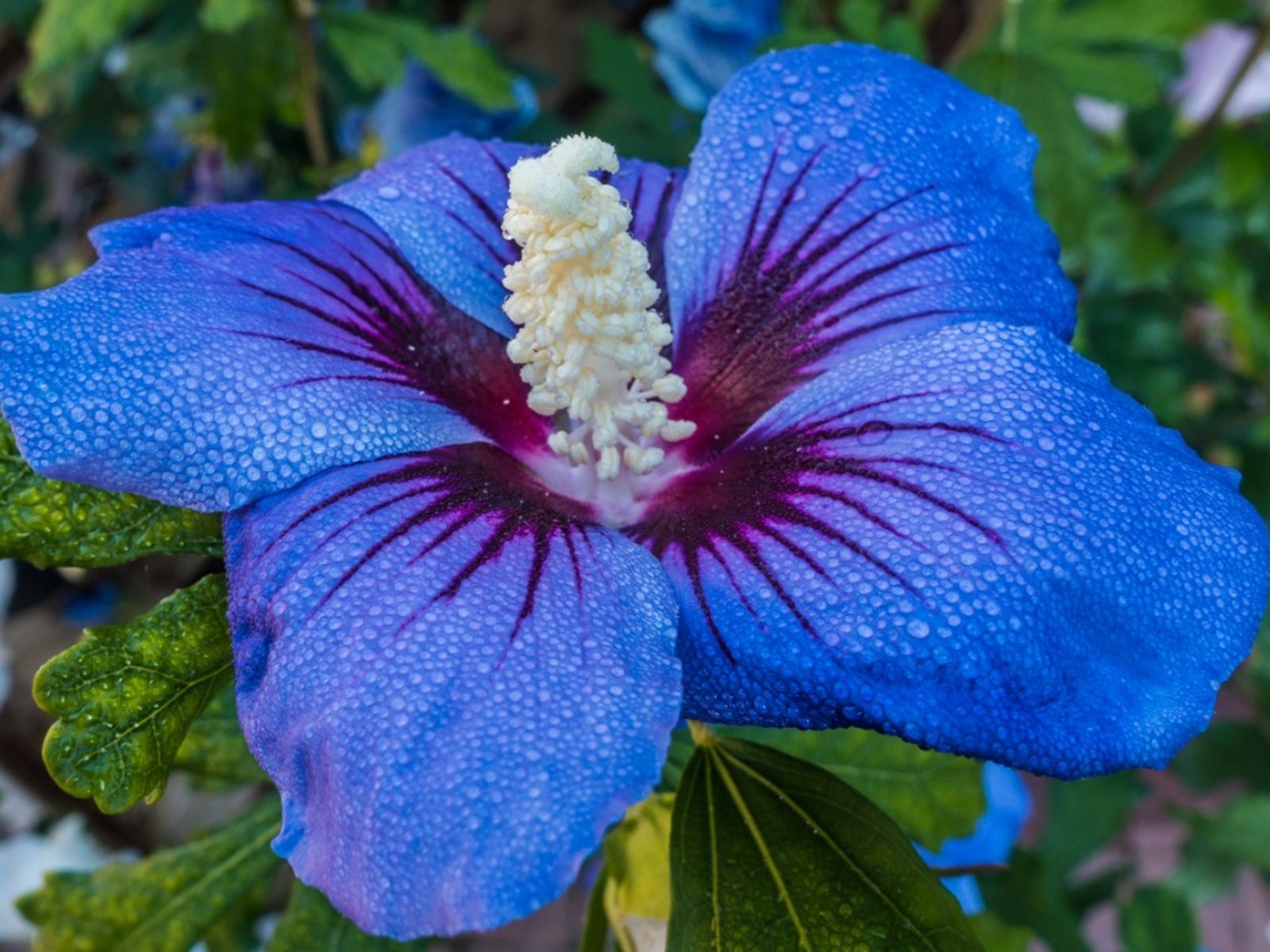

You might be wondering if you've missed something. Is there a blue hibiscus plant that you should have heard about? Actually, blue hibiscus flowers are not really blue (they're more like blue-purple) and are not really hibiscus plants, according to some blue hibiscus flower information. Let's learn more.
Is There a Blue Hibiscus?
Blue hibiscus flowers are related to mallows. Their flowers can be rose, violet, purple or white. Info about blue hibiscus growing in gardens indicates there are no 'true' blue flowers. Botanically, this plant is called Alyogyne huegelii. Another Latin name for blue hibiscus flowers is Hibiscus syriacus, varieties 'Blue Bird' and 'Azurri Satin'. Being of the Hibiscus genus, I would say they are hibiscus, though this latter term defines blue hibiscus in gardens as a Rose of Sharon, a plant that commonly grows and multiplies aggressively in landscapes of the Southeast United States. Further information indicates the plant is hardy is USDA plant hardiness zones 5-8 and is a deciduous, multi-stemmed shrub. In my Zone, 7a, Hibiscus syriacus multiplies to the point of being a nuisance, although the ones with purple flowers are not as common. If you're planting blue hibiscus of either type, begin with limited plantings, as you're likely to have several more shrubs in the next year or two. These are easily transplanted when they're small, but don't wait too long. Blue hibiscus in gardens quickly turn into small trees.
Blue Hibiscus Plant Care
Blue hibiscus plants adapt well to alkaline soil. Even in acidic soil, this shrub/tree does not require a lot of supplemental fertilizer. Add mulch over the root zone to keep the soil cooler in summer and protect roots from winter freezes. Acidic soil can be amended to make it more alkaline, if needed. Blue hibiscus plant care includes regular pruning of older shrubs. A severe pruning in late summer does not deter spring growth and helps them keep an attractive shape. When planting blue hibiscus, keep in mind that even though they're drought tolerant, regular watering and rich soil can produce more blooms. Blue hibiscus in gardens is an attractive, easy care plant you should consider for the sunny garden spot.
Gardening tips, videos, info and more delivered right to your inbox!
Sign up for the Gardening Know How newsletter today and receive a free copy of our e-book "How to Grow Delicious Tomatoes".

Becca Badgett was a regular contributor to Gardening Know How for ten years. Co-author of the book How to Grow an EMERGENCY Garden, Becca specializes in succulent and cactus gardening.
-
 Looking For Plants To Give You The Soft And Fuzzies? Try These 5 Fuzzy Leaf Plant Options
Looking For Plants To Give You The Soft And Fuzzies? Try These 5 Fuzzy Leaf Plant OptionsLovers of texture, drama, silver foliage and tactile plants will adore these special sensory garden additions. These fuzzy leaf plant options will leave you all aglow
By Susan Albert
-
 Get Ready For A Summer Of Hummers! Grow These Full Sun Hummingbird Plants and Flowers
Get Ready For A Summer Of Hummers! Grow These Full Sun Hummingbird Plants and FlowersIf you’re lucky enough to enjoy a sunny backyard, make sure you are maxing out on your pollinator opportunities and grow these full sun hummingbird plants and flowers
By Tonya Barnett
-
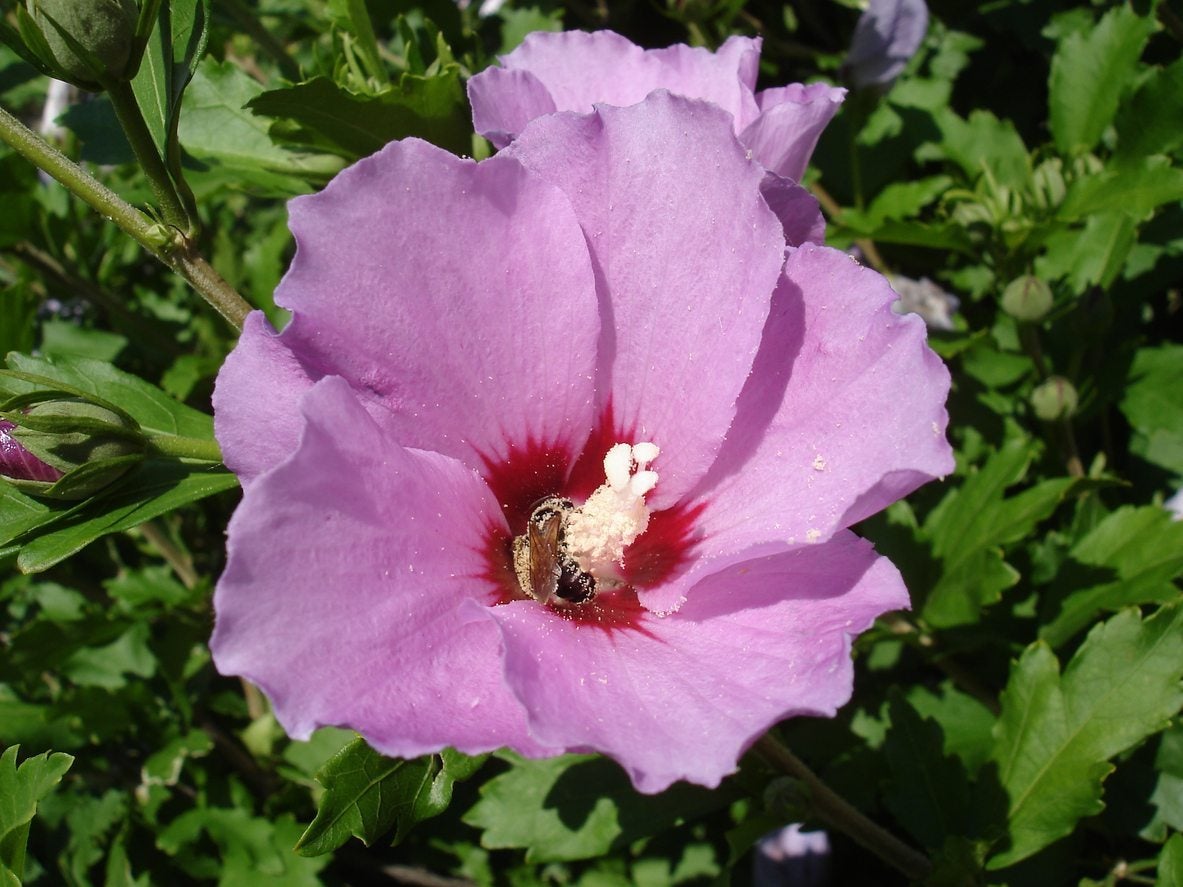 Rose Of Sharon Problems - Dealing With Common Althea Plant Issues
Rose Of Sharon Problems - Dealing With Common Althea Plant IssuesRose of sharon, or althea shrubs as they are commonly called, are usually low maintenance, reliable bloomers in zones 5-8. However, like any other landscape plants, rose of sharon can experience problems with specific pests or diseases. Learn more here.
By Darcy Larum
-
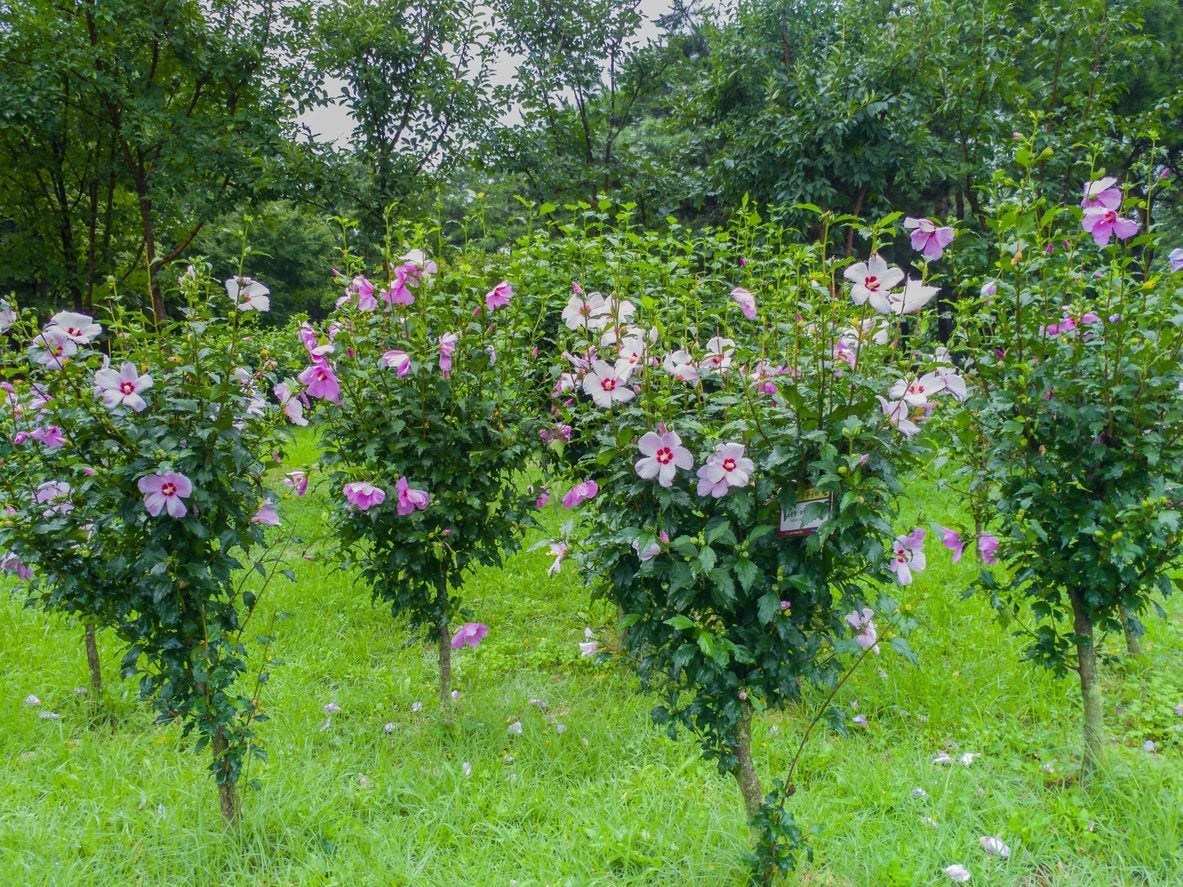 Rose Of Sharon Fertilizer Guide: Learn How To Feed An Althea Plant
Rose Of Sharon Fertilizer Guide: Learn How To Feed An Althea PlantSometimes, as gardeners, the things we do to try to help our plants can actually harm them. For example, rose of sharon shrubs can be very sensitive to over-fertilizing. Learn how to fertilize an althea shrub correctly in this article.
By Darcy Larum
-
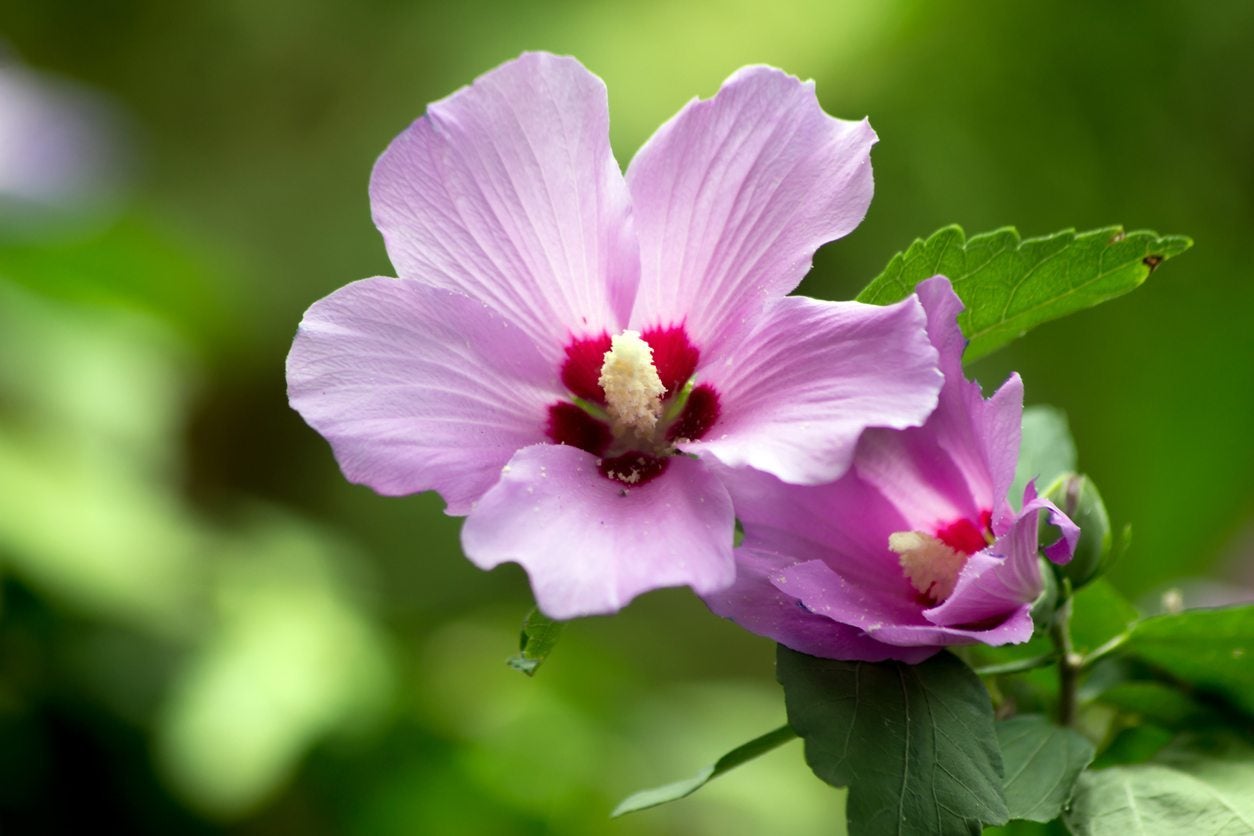 My Rose Of Sharon Is Not Blooming – Reasons For No Rose Of Sharon Flowers
My Rose Of Sharon Is Not Blooming – Reasons For No Rose Of Sharon FlowersA rose of sharon without blossoms is just a nice shrub. If you aren?t seeing any flowers on your rose of sharon, there is likely a simple problem that can be solved, although it may not be until next year that it blooms again. Learn more in this article.
By Mary Ellen Ellis
-
 Rose Of Sharon Winter Care: Preparing Rose Of Sharon For Winter
Rose Of Sharon Winter Care: Preparing Rose Of Sharon For WinterRose of sharon is usually planted in the ground but it can also be grown in containers as a lovely patio plant. Whether in containers or the ground, winter care for rose of sharon may be required. Learn more about overwintering rose of sharon here.
By Darcy Larum
-
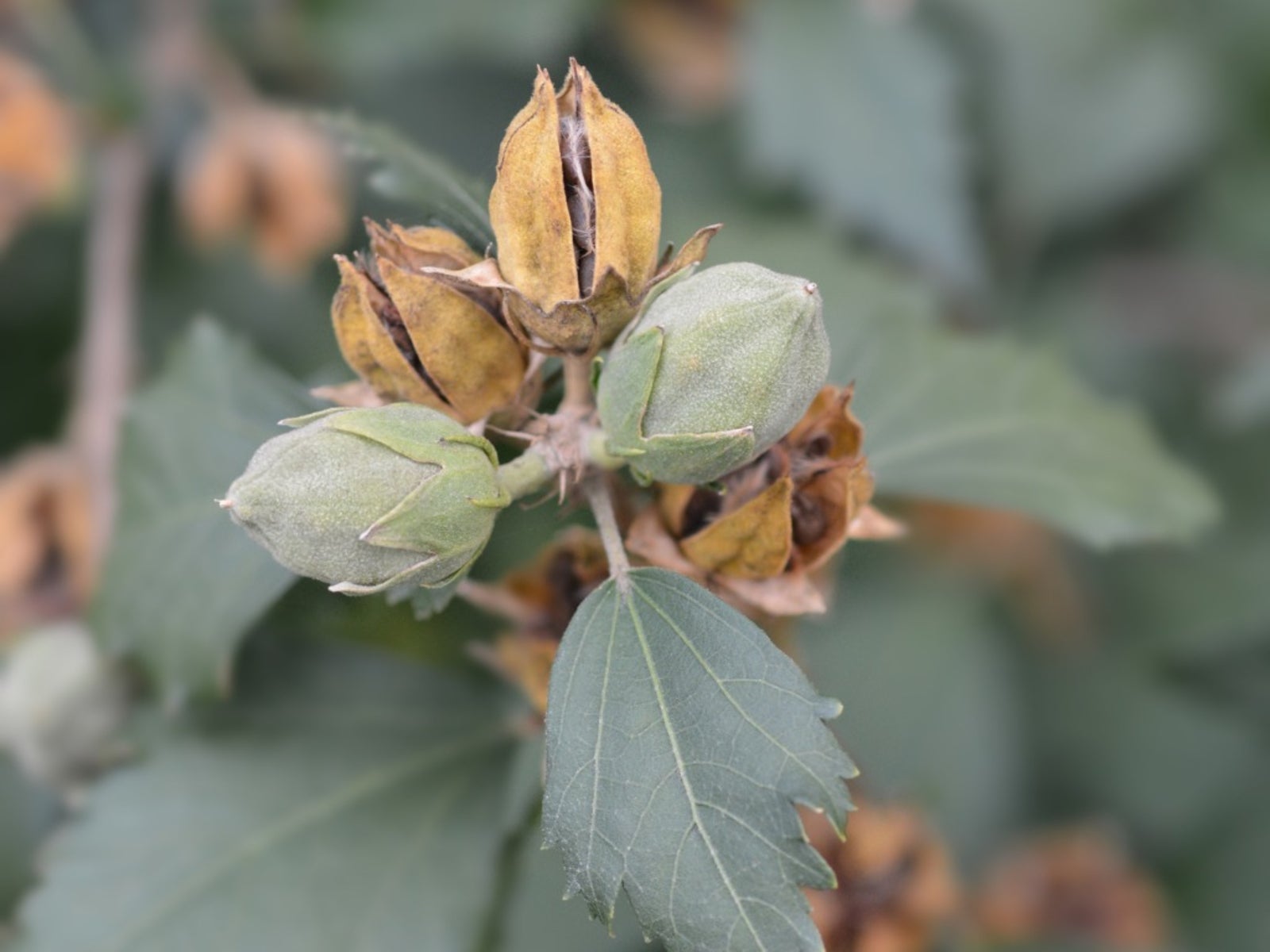 Rose Of Sharon Seed Propagation: Harvesting And Growing Rose Of Sharon Seeds
Rose Of Sharon Seed Propagation: Harvesting And Growing Rose Of Sharon SeedsAlthough rose of sharon commonly reseeds itself, if you're interested in growing your own plants, it is possible to harvest rose of sharon seeds for growing. Learn how to harvest rose of sharon seeds for propagation in this article.
By Darcy Larum
-
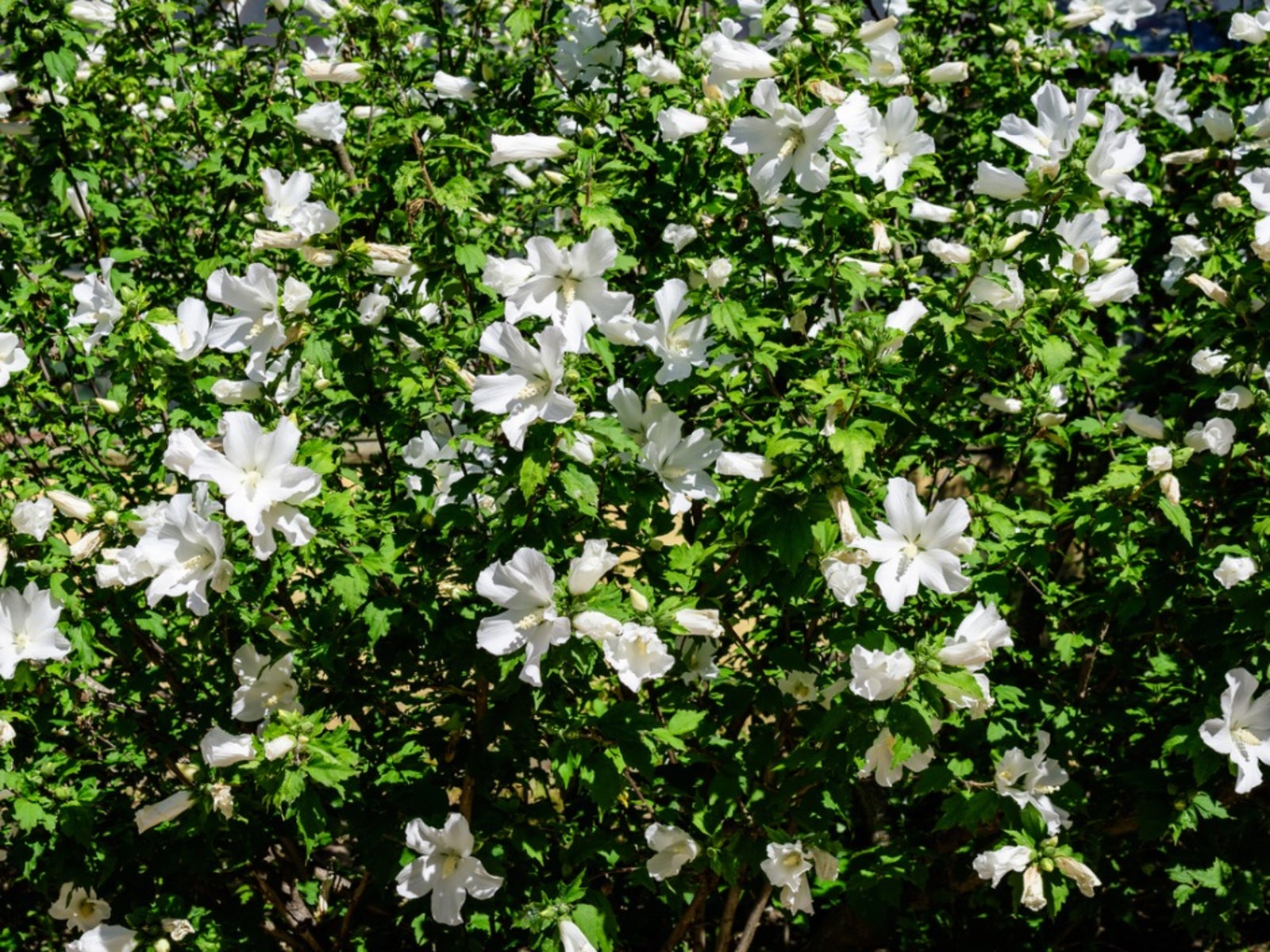 Is Rose Of Sharon Invasive – How To Control Rose Of Sharon Plants
Is Rose Of Sharon Invasive – How To Control Rose Of Sharon PlantsWhen you want to learn how to control rose of Sharon, remember that prevention is always easier than cure. Click here for tips on limiting rose of Sharon growth rate and what to do if your rose of Sharon is out of control.
By Teo Spengler
-
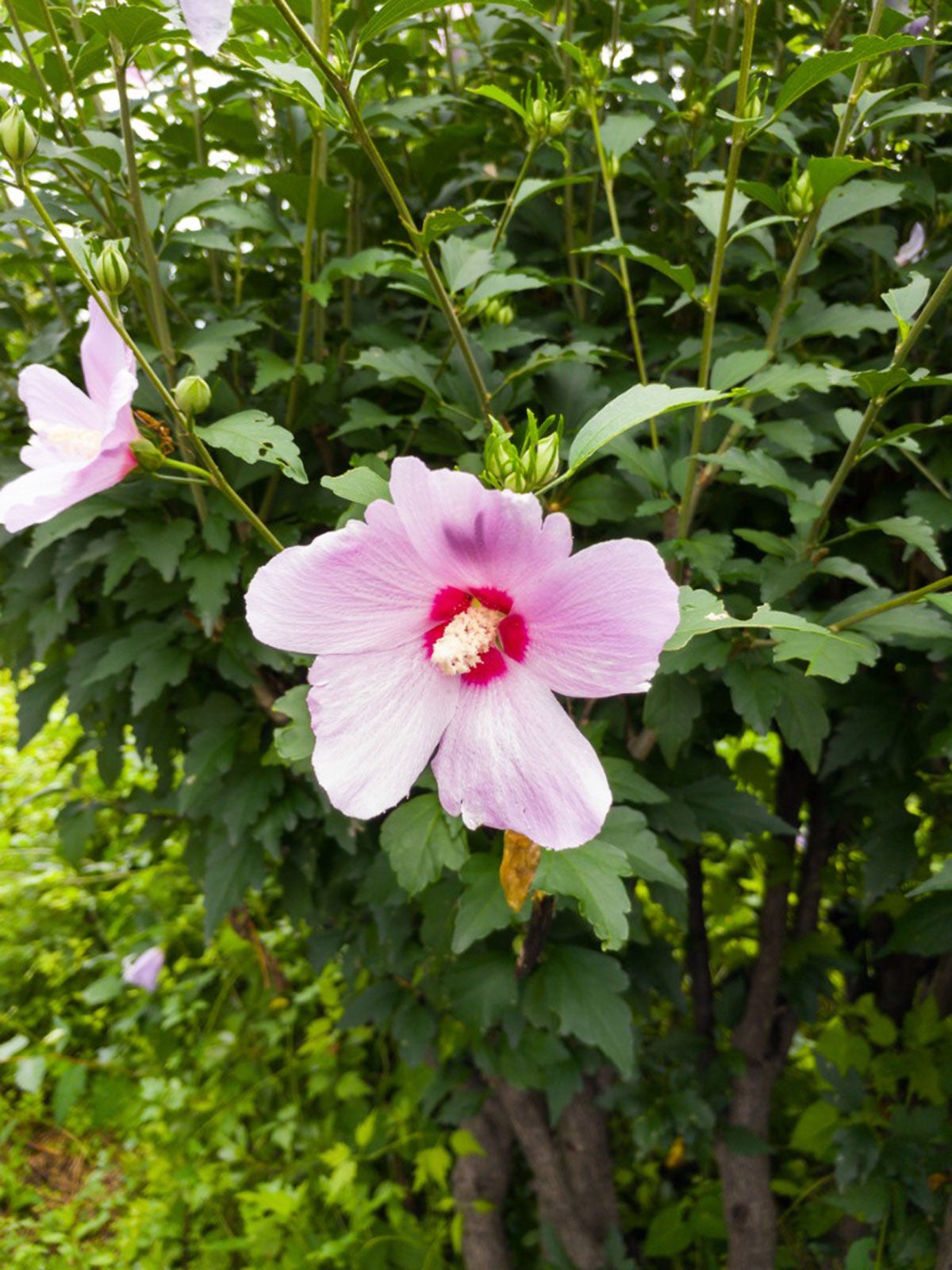 Moving Rose Of Sharon – How To Transplant Rose Of Sharon Shrubs
Moving Rose Of Sharon – How To Transplant Rose Of Sharon ShrubsWith a stiff, upright habit and open branches, rose of Sharon works in both informal and formal garden arrangements. Transplanting a rose of Sharon shrub is not difficult. Click this article for tips on how and when to transplant this shrub.
By Teo Spengler
-
 Rose Of Sharon Companion Plants: What To Plant Near To Rose Of Sharon
Rose Of Sharon Companion Plants: What To Plant Near To Rose Of SharonBecause rose of Sharon is rather uninteresting for much of the season, selecting plants that grow well with it can help. This article provides a few great rose of Sharon companion planting ideas. Click here for more information.
By Mary H. Dyer